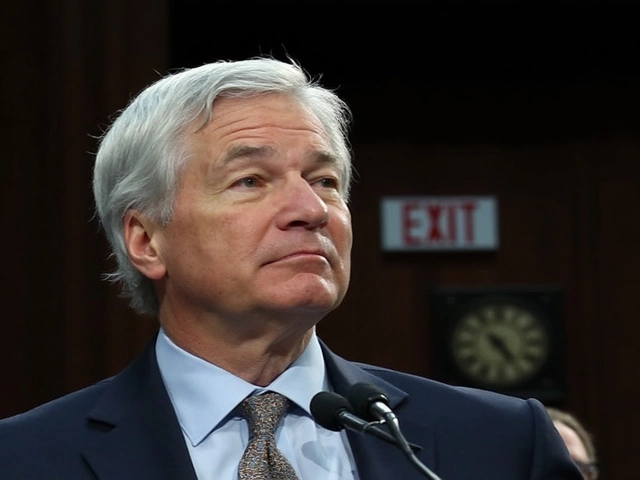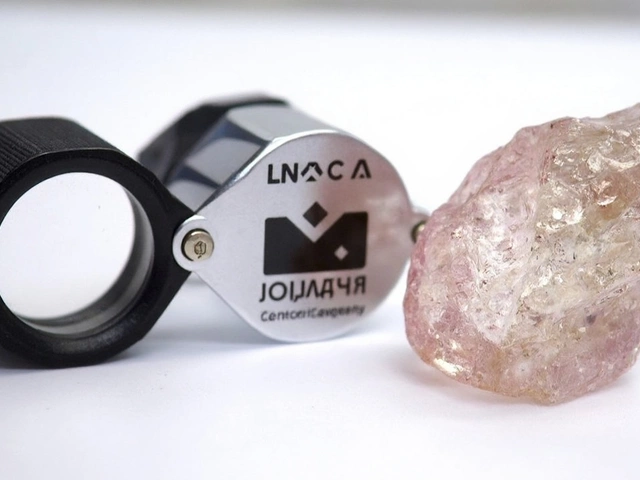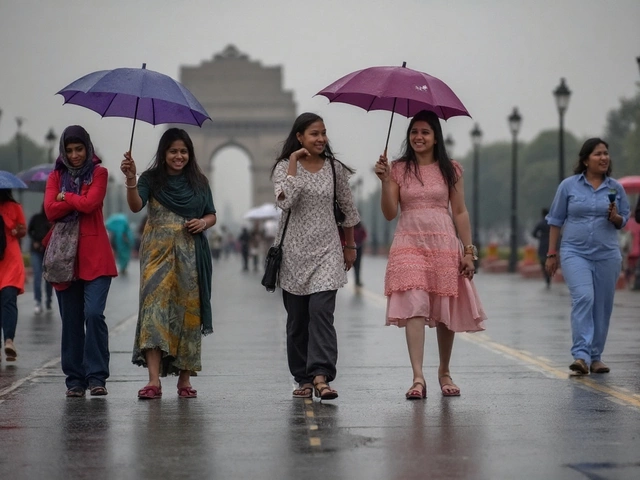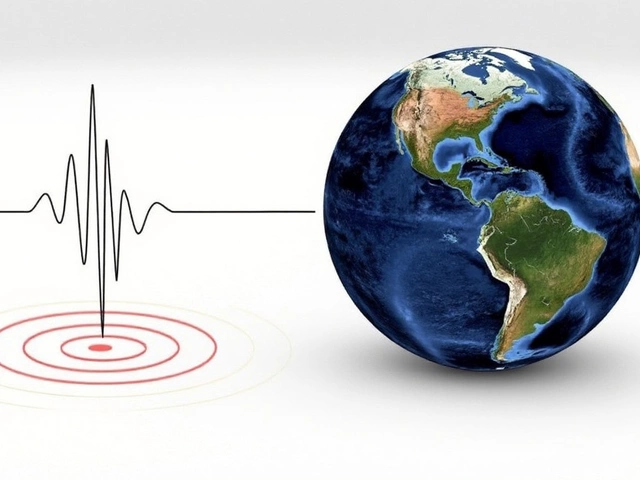Crowd Control: Practical Tips for Safe Events
Running a concert, a festival, or even a small meetup means you’ll have a bunch of people moving around. If you’ve never thought about crowd control before, don’t worry – it’s just about keeping things calm and clear. Below are easy ways to make sure everyone stays safe and the event runs without a hitch.
Understanding Crowd Dynamics
First, know how crowds behave. People tend to follow the path of least resistance, so if a doorway is narrow or a hallway is blocked, traffic will jam quickly. Watch for bottlenecks early – a line of people waiting at food stalls or ticket counters can spill onto walkways. Also, group size matters; larger groups can push forward and create pressure. Spotting these patterns helps you place staff and signs before things get crowded.
Another key point is the crowd’s mood. When music is loud, lights are bright, and excitement is high, people react faster. A sudden noise or unexpected announcement can cause a ripple of movement. Keep communication clear and calm; an announcer with a steady voice can guide the crowd better than frantic shouting.
Simple Techniques Every Organizer Can Use
Start with clear signage. Use big arrows, color‑coded zones, and simple words like “Enter,” “Exit,” and “Info.” When people know where to go, they move faster. Place staff at crucial points – entry gates, stairways, and near high‑traffic attractions. Even a volunteer with a bright vest can make a big difference by directing foot traffic.
Plan multiple exit routes. Never rely on a single door for evacuation. Test the routes before the event and make sure they’re free of obstacles. If you have a large venue, map out a “flow plan” showing how people should move from one area to another. Share this plan with security and volunteers so everyone’s on the same page.
Use barriers wisely. Rope lines, metal barricades, or temporary walls guide people and keep them from cutting through restricted zones. Avoid creating dead‑ends; always leave an open side for people to step aside if a line builds up. When you see a line getting too long, open an extra lane or send a staff member to redirect crowd flow.
Stay ahead with monitoring. A few volunteers with walkie‑talkies can report crowd density in real time. Some organizers use simple smartphone apps to count people in different sections. If a spot starts to look crowded, act fast – open a new gate, add more staff, or pause the activity until the flow eases.
Finally, have a clear emergency plan. Everyone should know where the first‑aid stations are, how to alert emergency services, and what the evacuation route looks like. Run a short drill with your team before the event starts; this prepares them to stay calm if something unexpected happens.
Putting these steps together makes crowd control feel less like a mystery and more like a set of practical actions. Whether you’re handling a local book launch or a city‑wide concert, a bit of planning, clear signs, and attentive staff go a long way toward keeping everyone safe and happy.
Stampede Chaos at New Delhi Railway Station Leaves 18 Dead Amid Maha Kumbh Travel Frenzy
A stampede at New Delhi Railway Station on February 15, 2025, tragically resulted in 18 deaths as pilgrims hurried to catch trains for the Maha Kumbh Mela. The chaos occurred due to delayed train announcements, overcrowding, and poor infrastructure. In response, a probe has been initiated to address crowd control and safety measures.





